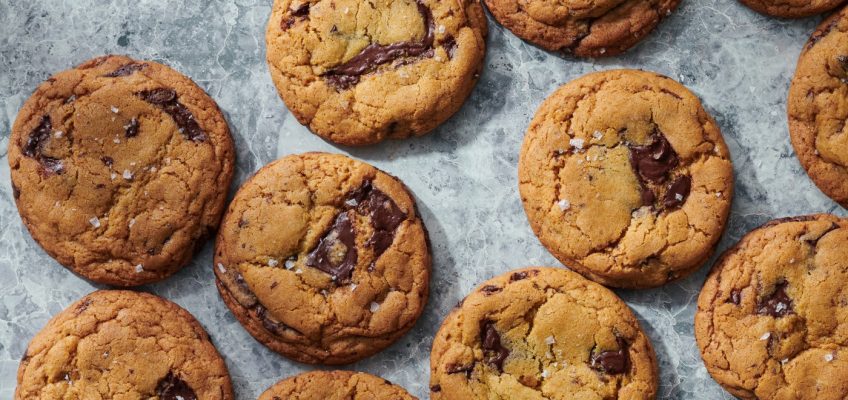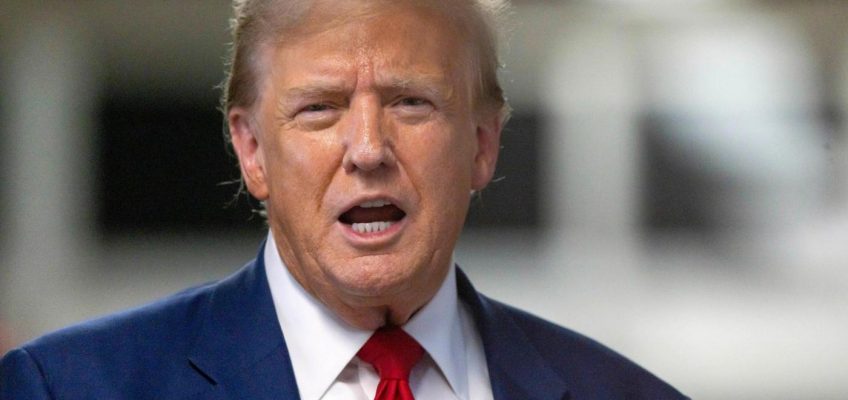Eleven years ago, La Rifa Chocolatería in Mexico City introduced a dizzyingly dark, dense chocolate and cream tamal to its menu. Run through with the sultry flavors of caramel, butterscotch and molasses, the dish would quickly become one of its most popular to date.
Of its carefully collected local ingredients (blue corn masa from Cal y Maíz, nata from Lácteos la Ordeña and Mexican-grown cacao toasted and ground in-house), the tamal’s most remarkable element may be piloncillo, an unrefined whole-cane sugar.
“The caramel flavors in the piloncillo balance the acidity of our chocolates,” said Mónica Lozano, a founding partner of La Rifa, which gets its piloncillo from sustainable sugar cane farms in the eastern part of Mexico.
You can taste the grassy honeysuckle and anise flavors of the sugar cane in the piloncillo because it’s made by hand without industrial processing, she said, adding that the chocolatería prefers it to regular sugar.
Known as chancaca in Chile, Bolivia and Peru, and panela in Guatemala and Colombia, piloncillo (in Mexico) is made by crushing and extracting the juice from sugar cane. (A similar product, jaggery, is found in South Asia, Central America, Brazil and Africa.) The crushed cane and fibers are dried and fuel the fire used to boil the juice, evaporate the water and caramelize the sugars. The hot syrup, similar to molasses, is poured into wooden cone-shaped molds, cooled until hard, then sold in stores and markets.
It’s used in desserts like puerquitos, soft, pig-shaped cookies popular in Mexico and not unlike gingerbread. Capirotada, a fruit-filled bread pudding eaten during Lent and Easter, and café de olla, a spiced coffee, are both sweetened with piloncillo. It also adds depth and complexity to savory dishes, like moles and guisos (stews), giving them smoky, coffee and rummy flavors.
The easiest way to use piloncillo is to make a simple syrup and flavor it with citrus zest, warming spices or even chiles, then pour it over buñelos, pancakes or roasted sweet potatoes. You can also mix it into coffee or hot chocolate, and use it in recipes that call for molasses, like barbecue sauces, cakes and pies.
But to experience piloncillo’s recipe-changing power in your own cooking, you’re going to have to box-grate it into soft, pillowy piles. Yes, it’s a little bit of a workout, but it’s completely worth it. (Some larger pieces of that caramelized sugar will fall through the grater holes, and that’s OK. They’ll wind up as golden toffee-like nuggets in your baked goods.)
In cookies — like in this piloncillo chocolate chip cookie — you get all the flavor of browned butter without the work, since the intense sugar cane mimics its flavor. And, if you are a dark chocolate lover, you can use a much more intensely flavored chocolate because the piloncillo will mellow and balance its assertiveness.
Piloncillo has a very long shelf life and can be stored in a resealable plastic bag in your pantry for months. Because you’ll be shaving rock-hard sugar into a fine dust, the large holes of your grater are going to dull after several uses and will make grating harder cheeses like Parmesan more of a chore. You may want to consider buying a cheap box grater and designating it just for piloncillo. Save the fancy one for your cheese.
Piloncillo Chocolate Chip Cookies
By Rick A. Martínez
Piloncillo, unrefined whole-cane sugar, is the key ingredient of these richly nuanced cookies. Known as piloncillo in Mexico; chancaca in Chile, Bolivia and Peru; or panela in other Latin American countries, it is commonly used in both sweet and savory dishes and is made by crushing, extracting and boiling down the juice from sugar cane to caramelize the sugars. It adds notes of caramel, butterscotch and molasses to everything from cakes to barbecue sauce. In this cookie, the grated piloncillo complements the bittersweet chocolate and adds the nutty flavor of the toasted milk solids in browned butter, but without any of the work. It is a bit of a chore to grate, but the flavor it adds is well worth it.
Yield: About 17 cookies
Total time: 1 hour
INGREDIENTS
6 ounces/170 grams piloncillo
1/3 cup/67 grams granulated sugar
1/2 cup/113 grams unsalted butter (1 stick), melted
1/2 teaspoon kosher salt (such as Diamond Crystal) or 1/4 teaspoon coarse kosher salt
1 large egg
2 teaspoons pure vanilla extract or vanilla paste
1 2/3 cups/211 grams all-purpose flour
1/2 teaspoon baking soda
1 heaping cup/170 grams bittersweet chocolate chips or chunks (preferably 72% cacao or higher)
Flaky sea salt or kosher salt
DIRECTIONS
With racks in the upper and lower thirds, heat oven to 350 degrees. Grate piloncillo using the large holes of a box grater. The grated piloncillo won’t look or feel like dark brown sugar; it will more closely resemble grated hard cheese and will have crumbly, irregular shapes with some larger split pea-size pieces. (The larger pieces will taste like and have the texture of broken bits of toffee inside the baked cookie.)
Whisk grated piloncillo, granulated sugar, butter and kosher salt in a large bowl until evenly mixed. Vigorously whisk in egg and vanilla until mixture lightens in color and becomes almost ribbony but with undissolved pieces of piloncillo, about 1 minute. This step is very important and will give your cookie a shiny top, like a brownie, that will crisp as it bakes.
Add flour and baking soda and, using a wooden spoon or rubber spatula, mix until dough comes together and no floury bits remain, about 30 seconds. Stir in chocolate until evenly distributed. Dough will be soft and may be warmer than room temperature. Refrigerate for 30 minutes (or up to 5 days; see Tip) to enhance flavor and allow the dough to firm up.
Portion out balls of dough (about 2 generous tablespoons each) and space about 2 inches apart on 2 parchment-lined baking sheets. (You can also form dough into table tennis-size balls with your hands.) Do not flatten; cookies will spread as they bake. Sprinkle each ball with flaky or kosher salt.
Bake cookies, 2 sheets at a time, switching the pans halfway through, until edges are brown and firm but centers are still soft, 16 to 18 minutes. Let cool on baking sheets for 10 minutes, then transfer to a wire rack and let cool completely.
Tips: Cookie dough can be made up to 5 days ahead; store in an airtight container and chill. Or portion into balls, cover with plastic and freeze up to 3 months. Let dough come to room temperature before baking.
This article originally appeare in the New York Times.
Related Articles
Unlocking the perfect wine: Experts share tips to bringing the right wine for any occasion
IPAs, hazy, kolsch and stouts — which beer goes best with spicy foods?
Twin Cities’ best restaurant patios 2024: Nominate your favorite now
Homshuk in Apple Valley features soulful, authentic Mexican food
Fast, flexible and flavorful weeknight dinners, from pasta to frittata




